Imagine stepping into a world where the secrets of time and the cosmos converge. The Astronomical Observatory of Gaia offers an exclusive, one-hour tour that delves into the captivating history of astronomy and timekeeping. Guided by enthusiastic Physics students, visitors will explore the observatory’s rare treasures, including the enigmatic Mirror Meridian Circle and ancient sundials, water clocks, and modern timekeeping methods. Set atop Monte da Virgem, this unique educational experience promises to ignite the imagination of those aged 12 and over, leaving them with a newfound appreciation for the mysteries of the universe.
Key Points

- Exclusive one-hour guided tour of the Astronomical Observatory of Gaia featuring a rare Mirror Meridian Circle and semi-cylindrical observation building.
- Educational focus on the history of time measurement, from ancient sundials to modern atomic clocks, led by enthusiastic Physics students.
- Opportunity to explore the observatory’s rich heritage and cutting-edge research, with a unique setting atop Monte da Virgem in Gaia, Portugal.
- Suitable for visitors aged 12 and above who appreciate the scientific and historical aspects of timekeeping and astronomy.
- Highly rated by previous visitors for the guide’s passion and in-depth knowledge, with suggestions for nighttime telescope use and longer tour duration.
Overview of the Experience
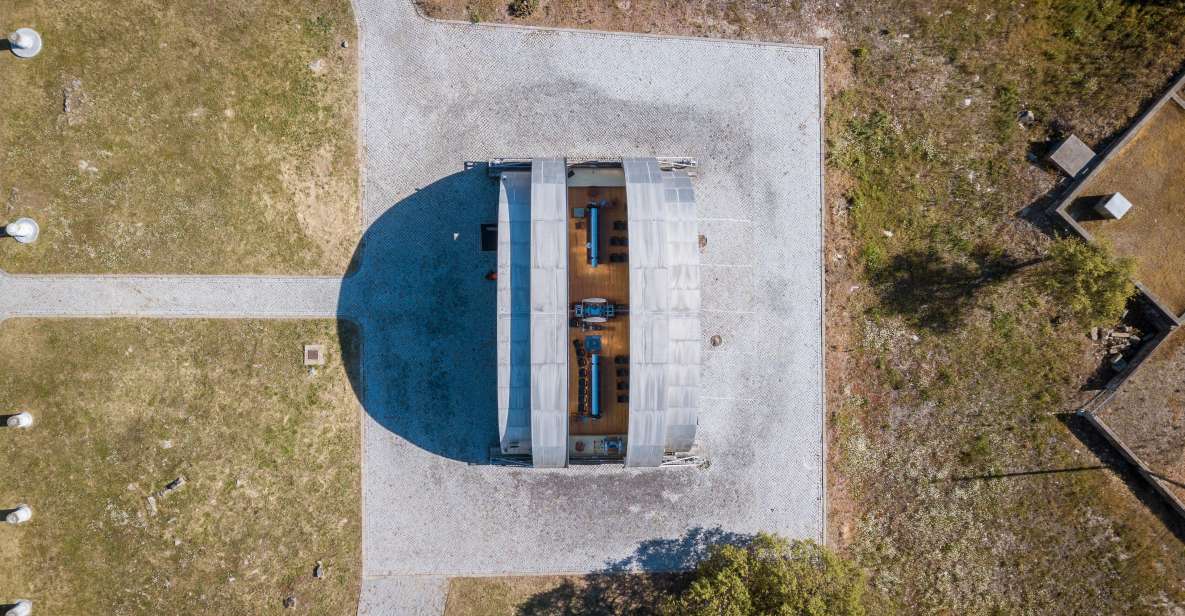
Visitors can enjoy an exclusive tour of the Astronomical Observatory of Gaia, lasting approximately one hour and conducted in English.
The observatory offers free cancellation up to 24 hours in advance for a full refund, and visitors can reserve their spot without upfront payment. Prices start from €15.00 per person, making it an accessible experience.
The observatory is located at the top of Monte da Virgem in Gaia, offering a unique setting for this educational journey.
With its rare Mirror Meridian Circle and a semi-cylindrical building with a roof that opens for precise star observation, the Astronomical Observatory of Gaia promises a truly remarkable visit.
You can also read our reviews of more tours and experiences in Vila Nova De Gaia.
Unique Features of the Observatory

The Astronomical Observatory of Gaia is located at the top of Monte da Virgem in Gaia, offering a unique setting for this educational journey.
Established in 1948 to enhance Astronomy studies at the Faculty of Sciences, the observatory is home to the rare Mirror Meridian Circle, with only two others in the world.
The semi-cylindrical building features a roof that opens for precise star observation, a testament to the facility’s commitment to facilitating groundbreaking research.
Visitors can explore the observatory’s rich history and discover the mechanisms used for telling time throughout history, guided by enthusiastic Physics students from the Faculty of Sciences.
History of Time Measurement

One of the key educational aspects of the Astronomical Observatory of Gaia is the opportunity to learn about the history of time measurement.
Visitors can discover the mechanisms used for telling time throughout history, from ancient sundials to modern atomic clocks. The observatory’s knowledgeable Physics students guide guests through this fascinating journey, sharing insights into how time has been measured and tracked over the centuries.
From the earliest attempts to the increasingly precise methods developed over time, this educational experience provides a compelling look at humanity’s longstanding fascination with understanding and keeping track of time.
Mechanisms for Telling Time
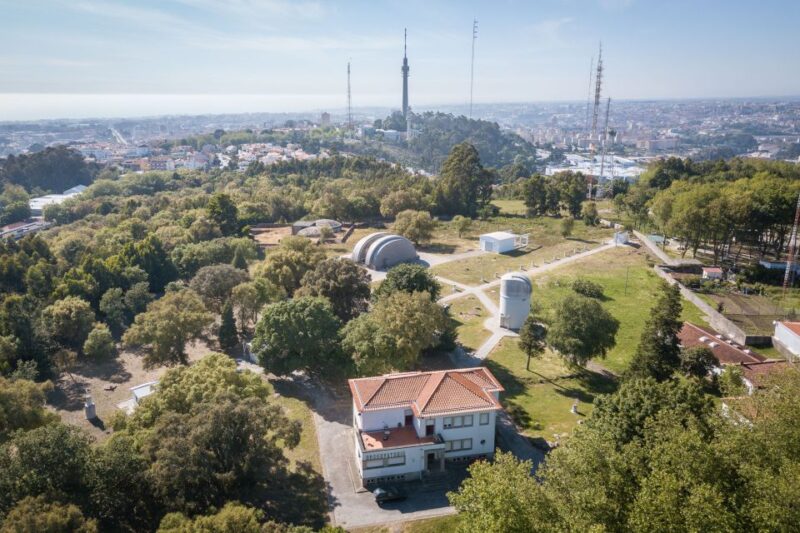
Throughout the ages, humanity has ingeniously devised a myriad of mechanisms for keeping track of the passage of time.
At the Astronomical Observatory of Gaia, visitors can discover these remarkable timekeeping tools:
-
Sundials, which use the position of the sun’s shadow to indicate the time of day, have been used since ancient civilizations.
-
Water clocks, such as the Chinese clepsydra, measure time through the regulated flow of water, an ingenious precursor to modern timepieces.
-
Mechanical clocks, powered by weights or springs, revolutionized timekeeping in the Middle Ages, paving the way for the precision instruments we use today.
These evolutionary advancements in time measurement are showcased at the observatory, inspiring visitors to appreciate humankind’s enduring quest to master the mysteries of the universe.
More Great Thing To Do NearbyGuided by Physics Students

Guided by enthusiastic Physics students from the Faculty of Sciences, visitors to the Astronomical Observatory of Gaia gain a unique educational experience.
These student guides share their passion for astronomy, leading tours that explore the observatory’s rich history and its instrumental role in time measurement.
Visitors learn about the mechanisms used for telling time throughout history, from ancient sundials to the rare Mirror Meridian Circle, one of only two such instruments in the world.
The students’ infectious enthusiasm and deep knowledge create an engaging and informative visit, offering a glimpse into the world of astronomy and the cutting-edge research conducted at this remarkable observatory.
Visitor Age Requirement
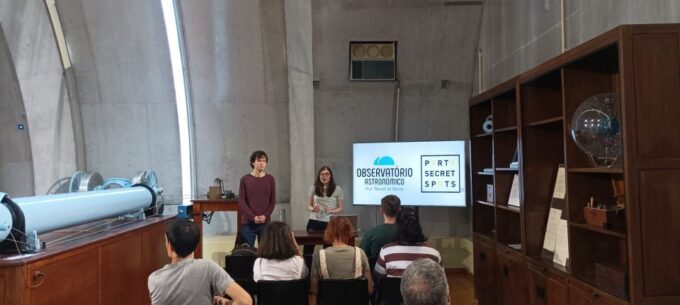
The Astronomical Observatory of Gaia caters to a specific age group, as the experience isn’t suitable for children under 12 years old.
This age restriction is in place for a few key reasons:
-
The content and presentation are tailored for older visitors who can better appreciate the historical and scientific aspects of the observatory.
-
Younger children may struggle to engage with the technical explanations provided by the enthusiastic Physics student guides.
-
Protecting the delicate equipment and ensuring the safety of all visitors is a top priority for the observatory staff.
Directions and Meeting Point
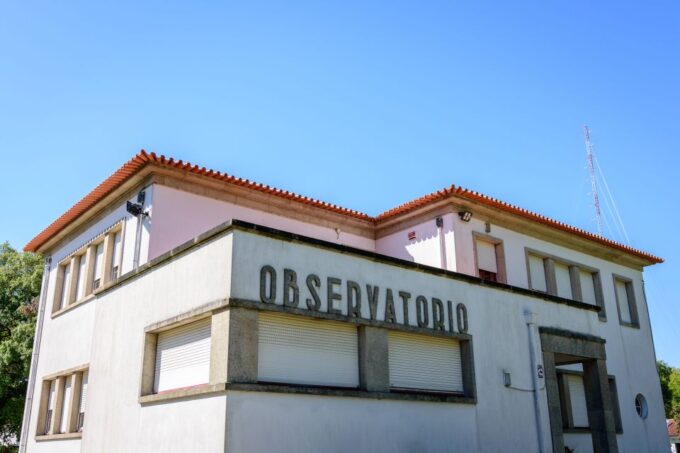
The Observatory is conveniently located at the top of Monte da Virgem in Gaia, Portugal.
A meeting point is available via Google Maps, providing visitors with easy navigation to the site.
Once there, guests can follow the signs leading them to the entrance.
Reaching the Observatory is straightforward, as it’s situated in a prominent location, making it a breeze for visitors to find.
The facility’s address and coordinates are also provided to ensure a seamless arrival.
With clear directions and a designated meeting point, accessing the Astronomical Observatory of Gaia is a hassle-free experience for all who wish to explore this unique and fascinating institution.
Customer Feedback and Suggestions
Visitors have raved about the Astronomical Observatory of Gaia, awarding it an impressive 5/5 rating based on one glowing review.
The highlight of the experience was the guide’s evident passion and enthusiasm for sharing their knowledge.
Visitors suggested a few improvements to enhance the experience further:
- Opportunity to use the telescope at night to view the stars in the evening sky.
- Slightly longer duration to allow more time for exploration and questions.
- Consideration of a children’s program or activities to engage younger visitors.
Frequently Asked Questions
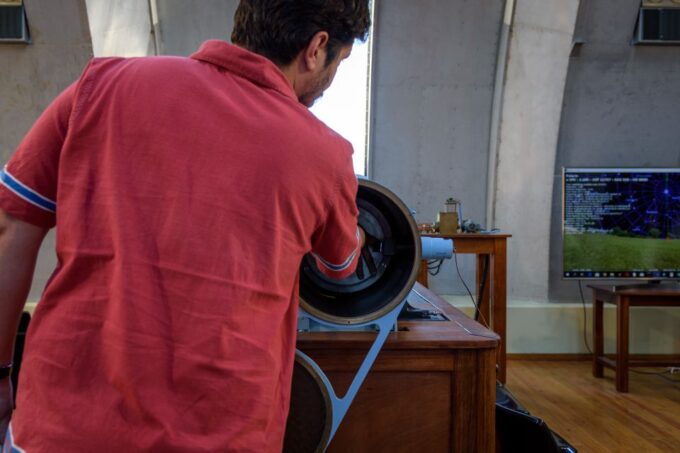
Can I Bring My Own Telescope to the Observatory?
Unfortunately, visitors are not permitted to bring their own telescopes to the observatory. The visit is focused on the observatory’s unique equipment and guided tour, so personal telescopes are not allowed during the exclusive 1-hour experience.
Are There Any Accessible Facilities for Individuals With Disabilities?
The observatory provides wheelchair-accessible pathways and a viewing platform for visitors with mobility challenges. However, there may be limited access to some areas due to the historic nature of the building.
Do I Need to Bring Any Special Equipment for the Visit?
No special equipment is needed for the visit. Visitors should wear comfortable clothing and shoes. Binoculars or cameras can be brought, but flash photography and video recording are not allowed inside the observatory.
Are There Any Refreshments or Snacks Available On-Site?
There are no refreshments or snacks available on-site. Visitors are encouraged to bring their own food and drinks as there are no catering facilities at the observatory. Adequate seating and shaded areas are provided for visitors to enjoy their own refreshments.
Can I Extend My Visit Beyond the Scheduled 1-Hour Duration?
Visitors can’t extend their visit beyond the scheduled 1-hour duration. The observatory operates on a fixed schedule, and allowing extensions would disrupt the flow of tours and access for other guests.
Recap
The Astronomical Observatory of Gaia offers a captivating one-hour tour that delves into the fascinating history of time measurement and astronomy. Visitors will explore rare instruments, learn from enthusiastic Physics students, and uncover the mysteries of the universe. Located atop Monte da Virgem, this unique educational experience is designed for ages 12 and older, ensuring an engaging and insightful adventure for all.
You can check if your dates are available here:More Tour Reviews in Vila Nova De Gaia
Not for you? Here's more things to do in Vila Nova De Gaia we have recnetly reviewed
- 25 Best Cruises And Boat Tours In Vila Nova De Gaia
- Exclusive Visit to the Astronomical Observatory of Gaia
- By the River: Authentic Fado Concert With Beautiful Singers
- 30 Minutes From Porto: Waterfalls, Hiking and Picnic
- Vila Nova De Gaia: Douro Discovery
- 12 Best Tours In Vila Nova De Gaia
- 8 Best Wine Tours In Vila Nova De Gaia
- Exclusive Visit to the Geophysical Institute of Porto
- Porto: Museum of the Oldest Appellation in the World Ticket
- 10 Best Sailing Experiences In Vila Nova De Gaia
- Vila Nova De Gaia: Atkinson Museum Dalí Universe Exhibition
- 2 Best 3 Hour Tours and Experiences in Vila Nova De Gaia
